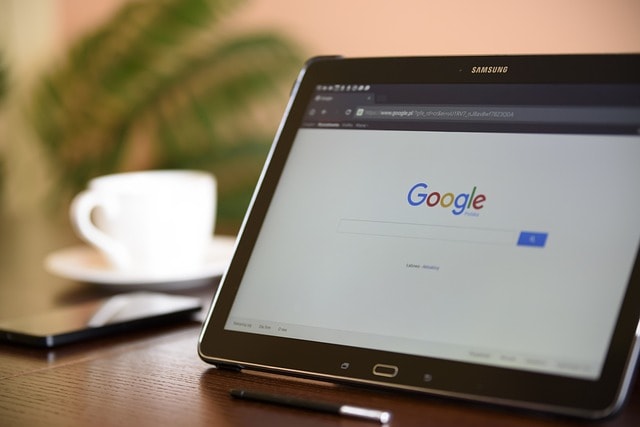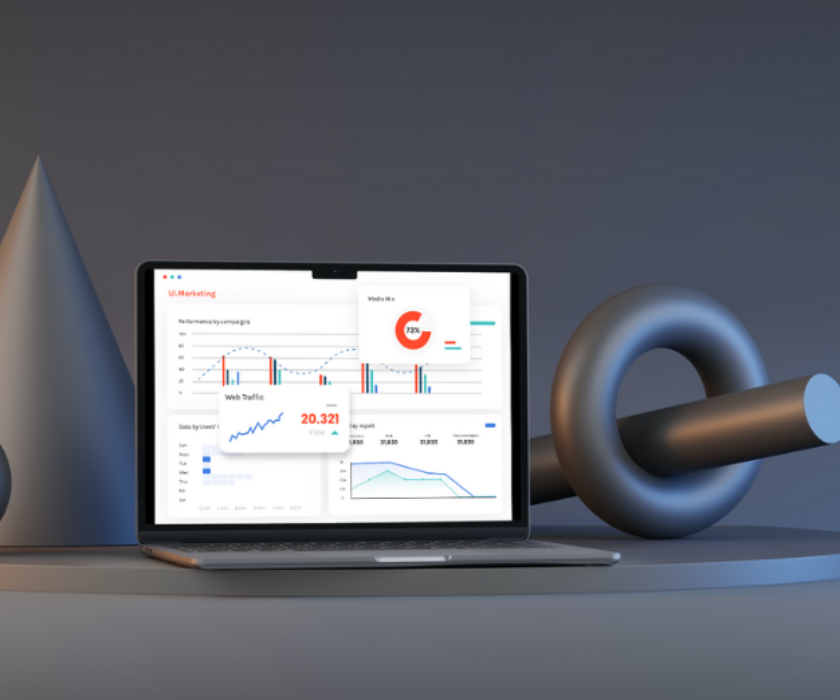Google Ads vs Social Media Ads: Where Should You Invest? Compare These Platforms to Help Businesses Allocate Ad Budgets Wisely
When planning a digital marketing strategy, choosing the right advertising platform, including paid media, is critical for maximizing ROI. Google Ads and social media ads dominate the advertising space, each offering unique benefits and capabilities. Deciding where to allocate your ad budget depends on your business goals, target audience, and the type of engagement you want to drive. Here’s a comprehensive comparison to help businesses make an informed decision.
Understanding Digital Advertising
Digital advertising is a dynamic and versatile form of marketing that leverages the power of the Internet to deliver promotional messages directly to consumers. Unlike traditional print advertising, digital ads can be precisely targeted to reach specific demographics, interests, and behaviors, making them a highly effective way to connect with your target audience. Whether your goal is to build brand awareness, engage with customers, launch new products, or drive repeat sales, digital advertising offers a convenient and affordable solution. By tailoring your ad campaigns to meet your business objectives, you can maximize your reach and impact in the digital space.
Google Ads: The King of Search Advertising
Google Ads is the leading platform for pay-per-click (PPC) advertising, focusing on intent-based searches. It allows businesses to place their ads at the top of Google search results or across the Google Display Network. Google Ads also manages ad placements across its network, ensuring that ads appear on relevant sites to maximize engagement and ROI.

Key Benefits of Google Ads:
- High Intent Targeting: Google Ads targets users actively searching for products or services, resulting in higher conversion rates.
- Wide Reach: With billions of searches daily, businesses can connect with a vast audience.
- Flexible Ad Formats: Options include text ads, shopping ads, display ads, and video ads, catering to different marketing goals.
- Advanced Analytics: Google Ads offers robust reporting tools to monitor campaign performance and adjust strategies.
Best For: Businesses aiming to capture leads or sales from users actively seeking specific products or services.
Social Media Ads: Building Connections and Awareness
Social media advertising leverages platforms like Facebook, Instagram, LinkedIn, and TikTok to engage users based on demographics, interests, and behaviors. Instagram ads are particularly effective for ecommerce businesses, reaching a highly engaged demographic aged 18-34. LinkedIn ads, with a vast reach of 808.4 million, offer significant advertising potential.

Key Benefits of Social Media Ads:
- Advanced Audience Targeting: Social media platforms use rich user data to target specific demographics, interests, and behaviors, making it easier to reach target audiences.
- Creative Ad Formats: From carousel ads and stories to video content, social media offers visually engaging ad formats.
- Fostering Brand Awareness: Social media ads excel at increasing brand visibility and engagement, even among users not actively seeking your product.
- Community Engagement: Ads can drive traffic to your profiles, allowing direct interaction with your audience.
Best For: Businesses focusing on brand awareness, community building, or targeting audiences not actively searching for products.
Types of Digital Ads
Digital advertising encompasses a variety of ad formats, each designed to engage users in different ways:
- Display Ads: These ads combine text and visual elements and can appear on websites, apps, and devices. They are great for capturing attention and driving traffic.
- Video Ads: Utilizing video formats, these ads can be highly engaging and are often found on platforms like YouTube and social media. They are ideal for storytelling and demonstrating products.
- Search Ads: These text-based ads appear on search engine results pages (SERPs) when users search for specific keywords. They are effective for capturing high-intent users actively looking for products or services.
- Social Media Ads: Found on social media platforms like Facebook, Instagram, and LinkedIn, these ads can be highly targeted based on user demographics, interests, and behaviors.
- Native Ads: These ads blend seamlessly into the content of the platform they appear on, providing a non-disruptive user experience. They are often found on news sites and blogs.
- Email Marketing: This involves sending promotional messages directly to customers’ inboxes. It is a powerful tool for nurturing leads and driving repeat sales.
By understanding the different types of digital ads, you can choose the formats that best align with your marketing goals and audience preferences.
Comparison Table: Google Ads vs. Social Media Ads
| Criteria | Google Ads | Social Media Ads |
| Targeting | Keyword and intent-based targeting | Demographics, interests, and behavior-based |
| Best Goal | Lead generation and sales | Brand awareness and engagement |
| Ad Formats | Text, shopping, display, video | Stories, carousels, reels, video, static ads, YouTube ads |
| Audience Intent | High intent (active searchers) | Passive (interest-based engagement) |
| Cost Per Click (CPC) | Higher, due to competitive bidding | Lower, depending on the platform |
| Analytics | Advanced tools and detailed metrics | Platform-specific analytics and insights |
Choosing the Right Social Media Platforms
- Use Google Ads If:
- Your goal is to capture users actively searching for your offerings.
- You have a higher budget to compete in competitive markets.
- Your focus is lead generation, online sales, or driving website traffic.
- Use Social Media Ads If:
- You want to build brand awareness and community engagement.
- Your audience spends significant time on platforms like Instagram, Facebook, or TikTok.
- You want to experiment with creative and visually-driven content.
- Use Both Platforms If:
- You want to create a full-funnel strategy by combining search intent (Google Ads) with brand awareness and engagement (social media ads).
- You want to create multiple campaigns to target different objectives at various stages of the sales funnel.
Both Google Ads and social media ads offer unique strengths, and the right choice depends on your business objectives. For high-intent, action-driven campaigns, Google Ads provides unmatched efficiency. Social media ads, on the other hand, are ideal for fostering awareness and engagement through creative formats. A balanced approach, leveraging both platforms strategically, often yields the best results.
Measuring and Optimizing Performance
To ensure your digital ads are effective, it’s crucial to measure their performance using key metrics such as impressions, clicks, conversions, and return on investment (ROI). These metrics provide valuable insights into how well your ads are performing and where improvements can be made. Tools like Google Analytics can help track website traffic and conversion rates, offering a comprehensive view of your ad campaigns’ impact.
Optimizing performance involves techniques such as A/B testing, where different versions of an ad are tested to determine which performs better. Additionally, leveraging targeting options like demographic, interest, and behavioral targeting ensures your ads reach the right audience. By continuously monitoring and adjusting your strategies based on data-driven insights, you can enhance the effectiveness of your digital advertising efforts.
Common Mistakes to Avoid
Even the most well-planned digital ad campaigns can fall short if common mistakes are not avoided. Here are some pitfalls to watch out for:
- Not Targeting the Right Audience: Misaligned targeting can lead to wasted ad spend and low ROI. Ensure your ads are reaching the right people by using precise targeting options.
- Not Optimizing Ad Creative: Poorly designed ads can result in low click-through rates and conversions. Invest time in creating compelling and visually appealing ad creatives.
- Not Tracking Performance: Without tracking performance, it’s challenging to optimize ad delivery and make informed decisions. Regularly monitor key metrics to stay on top of your campaign’s effectiveness.
- Not Using the Right Ad Format: Choosing the wrong ad format can lead to low engagement. Select formats that align with your campaign goals and resonate with your audience.
By being mindful of these common mistakes, you can improve your ad campaigns’ efficiency and achieve better results.
Digital advertising is a powerful tool that can drive significant business results when used effectively. By understanding the various types of digital ads, measuring and optimizing performance, and avoiding common mistakes, businesses can maximize their digital advertising efforts. Whether your goal is to drive sales, generate leads, or increase site traffic, digital ads offer a versatile and impactful way to reach your target audience and achieve your marketing objectives.
Interested in upleveling your digital advertising now? Schedule your free discovery call with our expert team at PS Creative. During this call we will discuss your goals, timeline, and how we can help. We work with clientele across the country and look forward to chatting with you!


